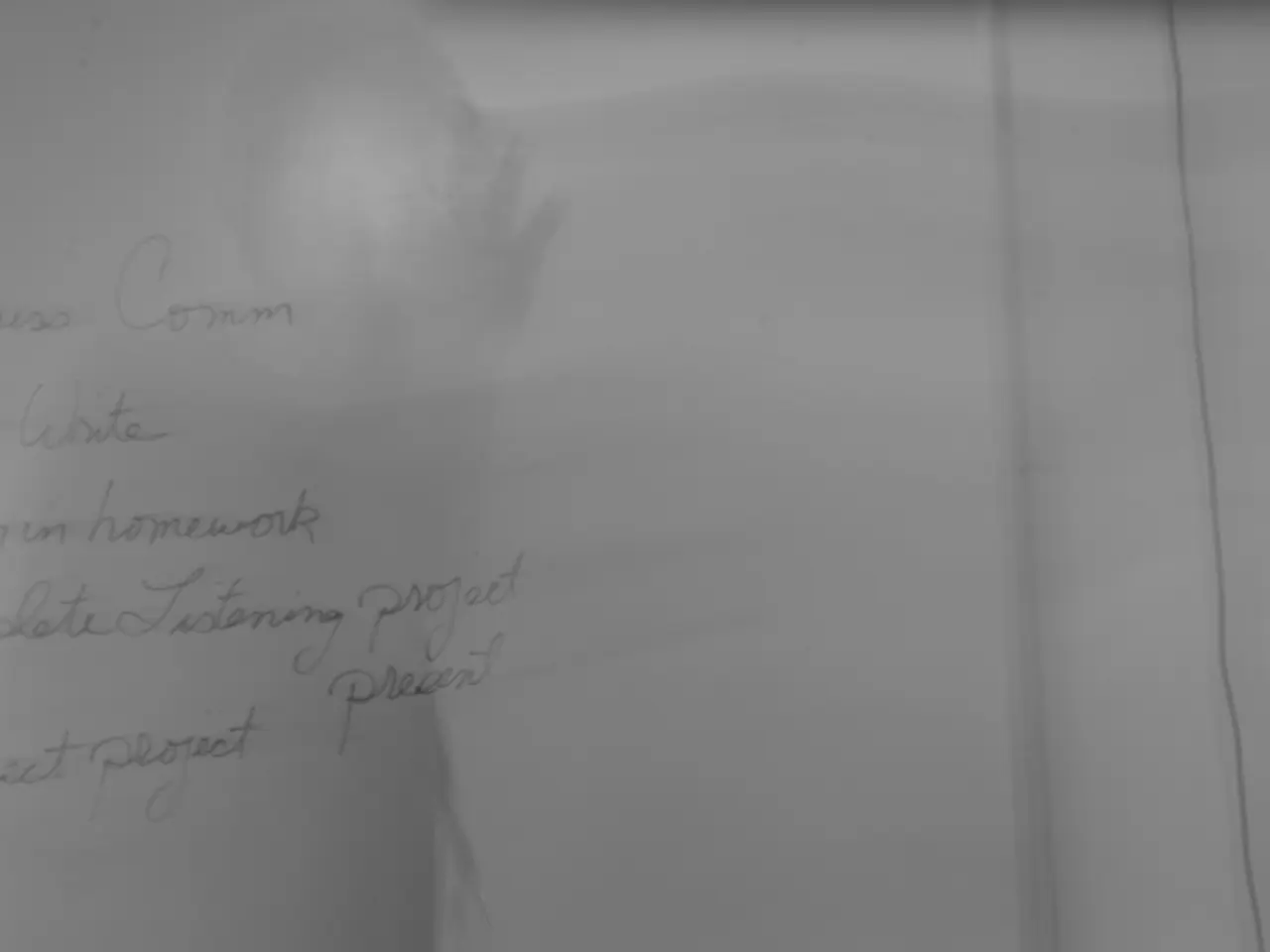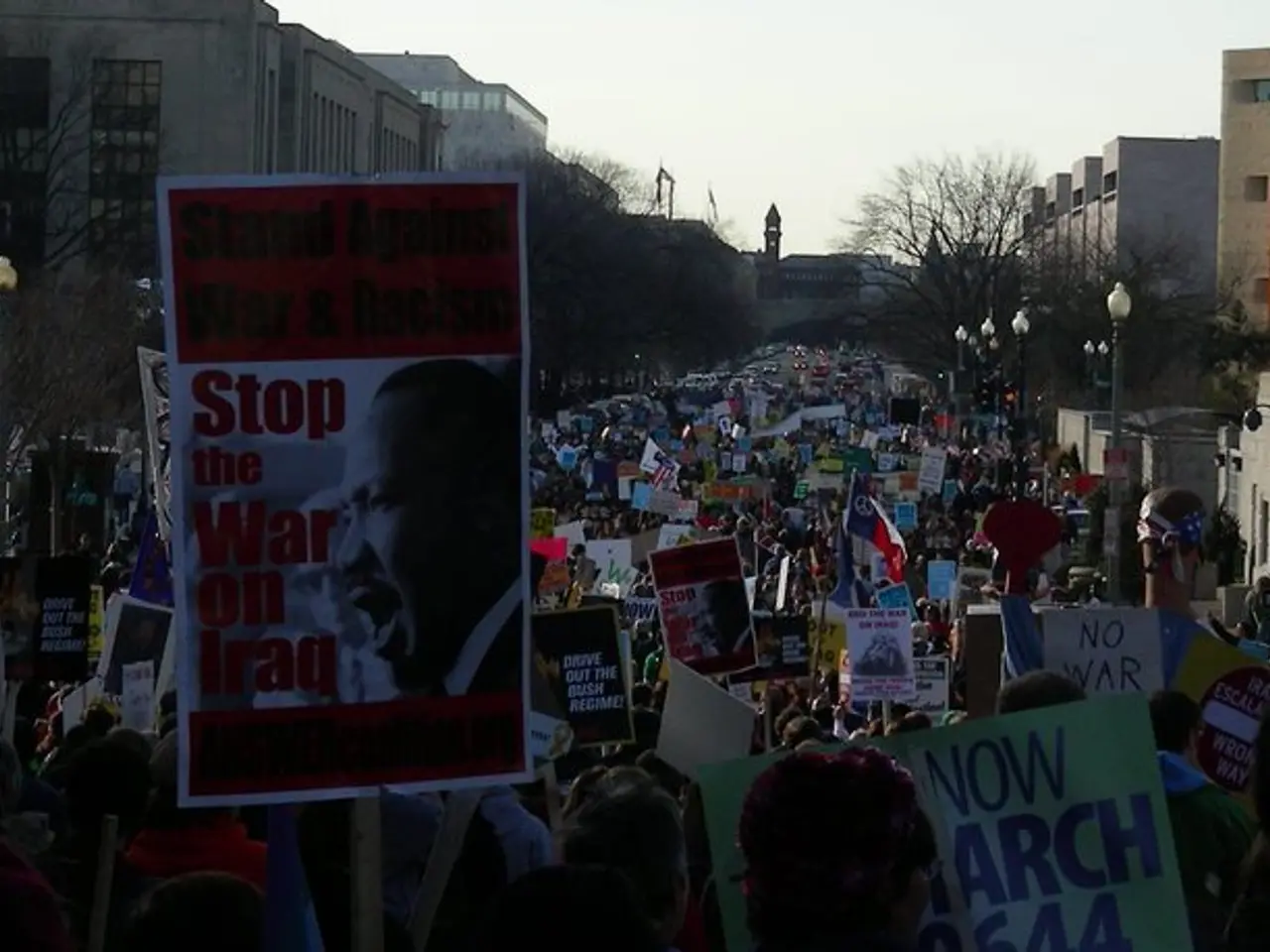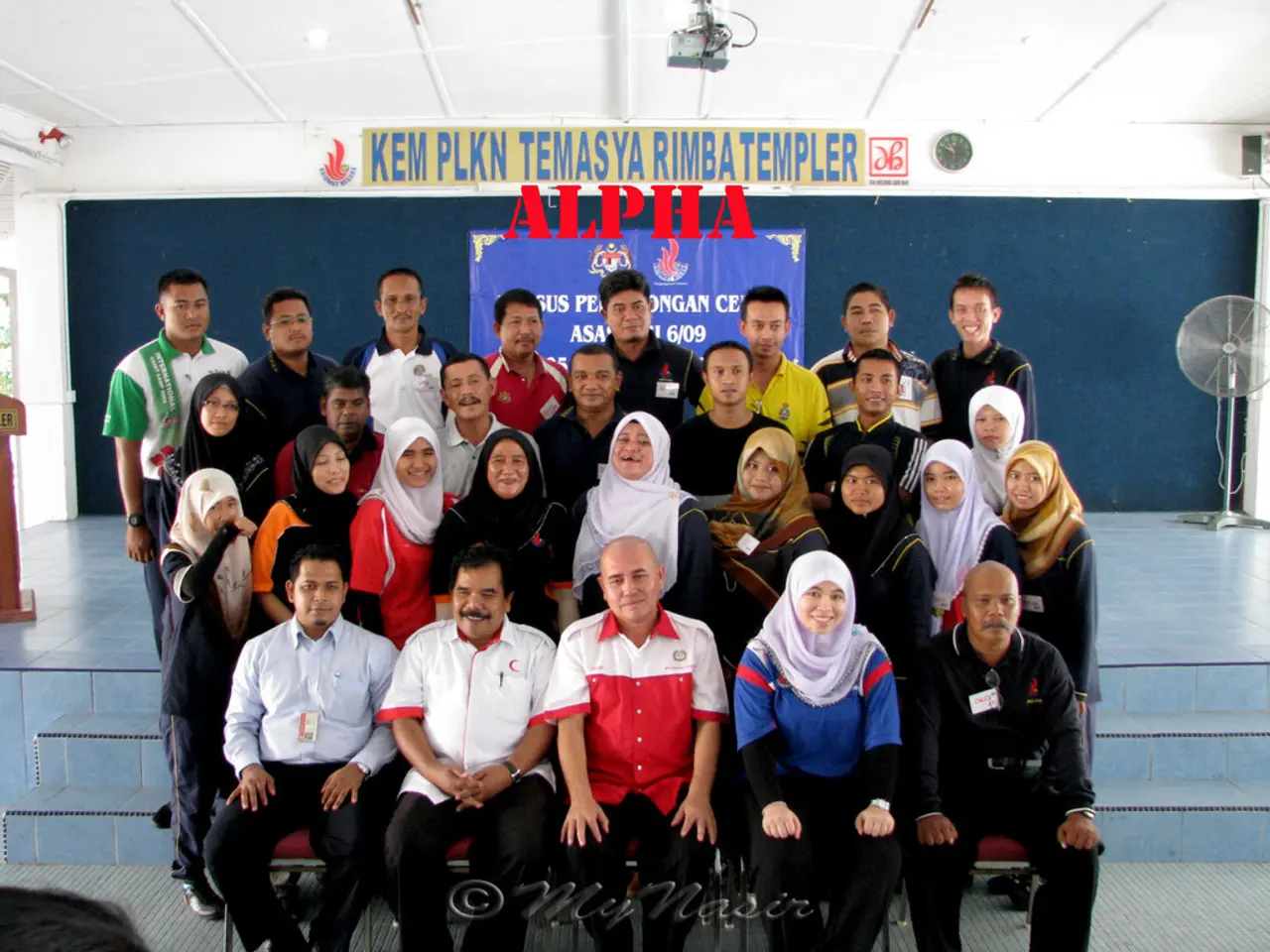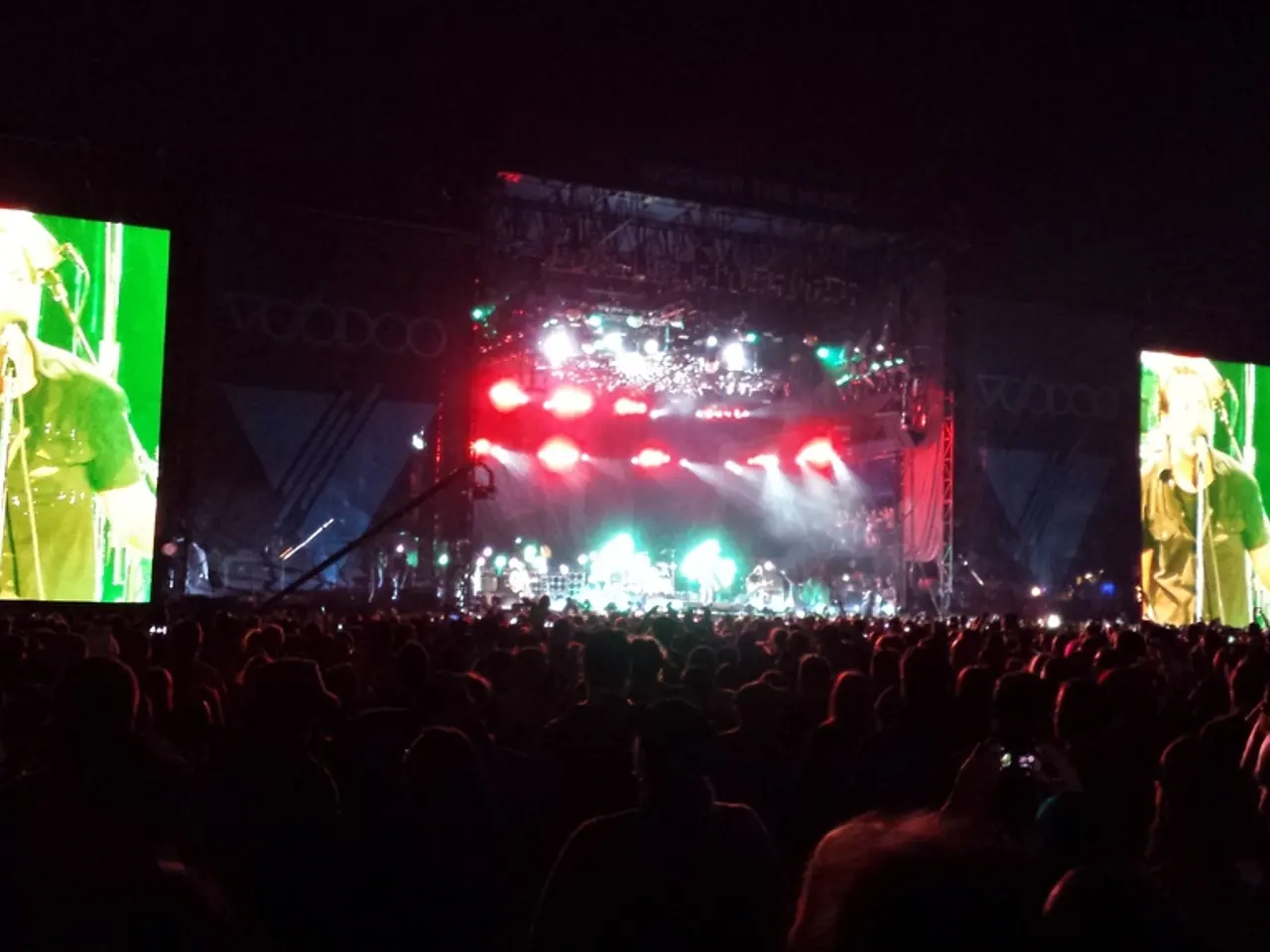States Bracing for Conflict: Strategies for Managing Migratory Pressure
The term "migration as a weapon" refers to strategically induced migration used by states to achieve goals, a practice dating back to ancient times. This concept, coined by US political scientist Kelly M. Greenhill, distinguishes four forms of controlled migration based on the goals of the perpetrating state.
- Forced or Directed Mass Migration to Destabilize
States or actors deliberately create or facilitate large-scale movements of migrants towards target countries or regions to overwhelm border controls, create political or social unrest, and strain resources. Examples include Belarus under Lukashenko facilitating transit and entry of migrants into EU borders, and Russian-aligned Wagner forces promoting migrant flows from Libya to Europe.
State Response: Strengthen border security and surveillance while adhering to humanitarian and legal standards. Engage in diplomatic pressure and sanctions against states or groups orchestrating forced migration flows. Provide humanitarian aid in border regions to mitigate suffering and reduce tensions. Coordinate regional and international cooperation to manage migration flows and disrupt trafficking networks.
- Use of Migrants as Instruments of Coercion or Hybrid Warfare
Migrants are used as tools of coercion within broader hybrid warfare, where migration flows are linked to state-sponsored efforts to intimidate or destabilize adversaries without open conflict. Belarus threatened to flood the EU with migrants, human traffickers, and smugglers as political leverage. Russia's support for militias that exploit migrants in Libya similarly links migration to hybrid conflict with Europe.
State Response: Develop hybrid warfare resilience strategies incorporating migration management. Enhance intelligence and counter-disinformation campaigns to expose and neutralize coercive tactics. Integrate migration policy with national security and foreign policy frameworks.
- Exploitation and Trafficking of Migrants to Weaponize Migration Economically and Socially
Migrants are trapped in cycles of exploitation, detention, and trafficking by militia groups complicit with states or proxy forces, deliberately fueling humanitarian crises and social fractures. Russian-aligned forces in Libya exploit migrants for extortion and trafficking, forcibly pushing them onto dangerous routes to Europe.
State Response: Crack down on trafficking networks and militias using law enforcement and international cooperation. Expand protections and support for migrants and refugees caught in abusive circumstances. Address root causes of forced migration through development and conflict resolution efforts.
- Human Rights Violations and Neglect Facilitating Migration Crises
States or armed actors neglect or abuse migrants, causing suffering that increases irregular migration pressures, further straining response systems in target countries. Belarus authorities reportedly assaulted migrants who did not cross the border successfully and refused humanitarian aid. Wagner and allied militias in Libya exacerbate suffering through neglect and violence.
State Response: Provide humanitarian assistance and human rights monitoring near conflict and transit zones. Hold responsible actors accountable through international law and sanctions. Support civil society and non-governmental organizations working on migrant protection.
These forms often overlap and feed into one another within broader conflict and geopolitical strategies. States facing such challenges need a multifaceted response balancing border control, humanitarian obligations, security concerns, and international cooperation. The EU’s experience with Belarus and Italy’s challenges from Libyan migrant flows illustrate these dynamics clearly.
In summary, migration as a weapon involves cross-border population movements deliberately created or manipulated to achieve or prevent certain behaviors, often aiming to force political, military, or economic concessions from other states. The responses aim not only to protect borders but also to uphold human rights and regional stability amid this phenomenon. It is crucial to remember that migrants and refugees are victims, not weapons, used as pawns by states and non-state actors.
Community policy should incorporate strategies to address migrants as instruments of coercion or hybrid warfare, focusing on the development of resilience against such tactics. This policy should include enhancing intelligence and counter-disinformation campaigns, integrating migration management into national security and foreign policy frameworks (politics).
The employment policy should prioritize ending the exploitation and trafficking of migrants used to weaponize migration economically and socially, through law enforcement against trafficking networks and addressing root causes of forced migration (general-news). It is essential to remember that this policy aims to safeguard the rights of migrants and refugees who are victims, not weapons, strategically manipulated by states and non-state actors, and should iterate this in the community policy as well (Community policy).








